Crete
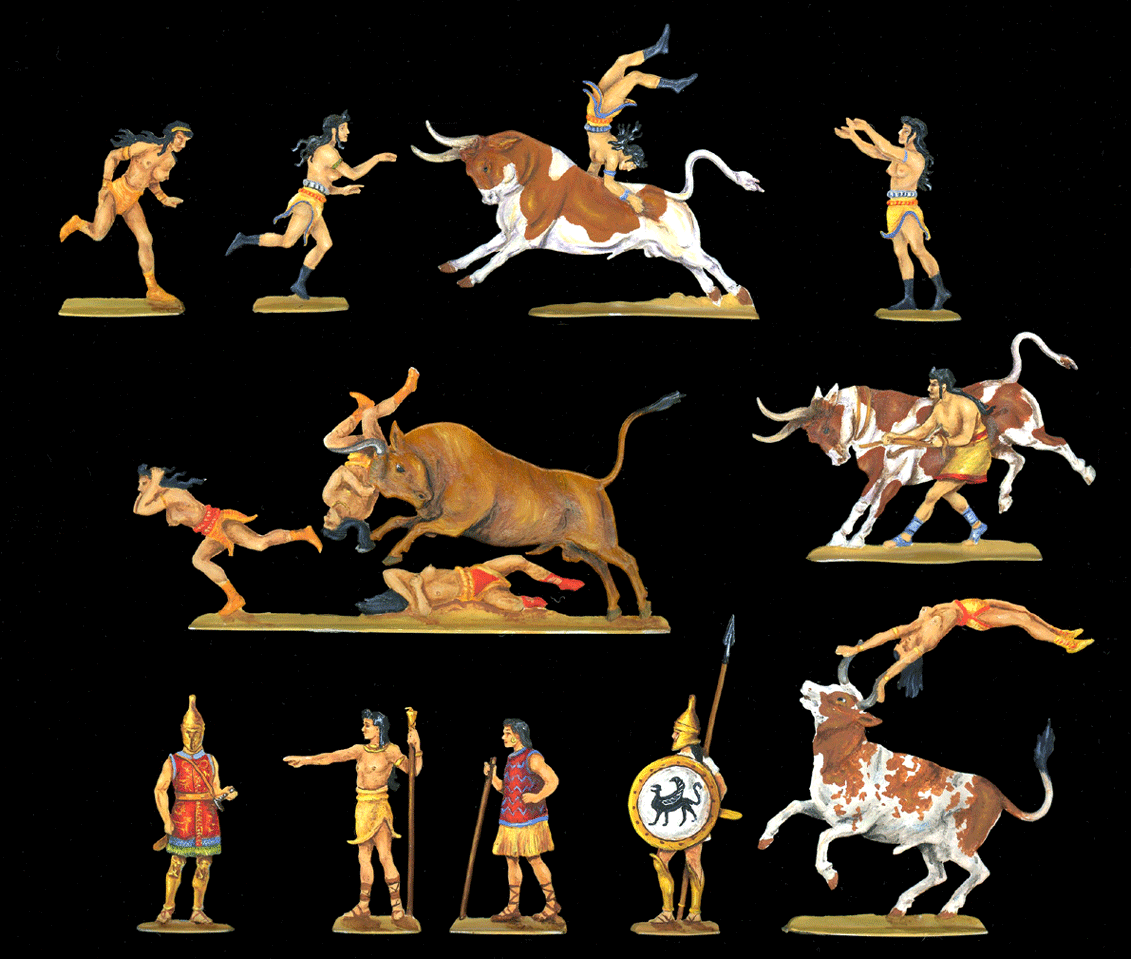
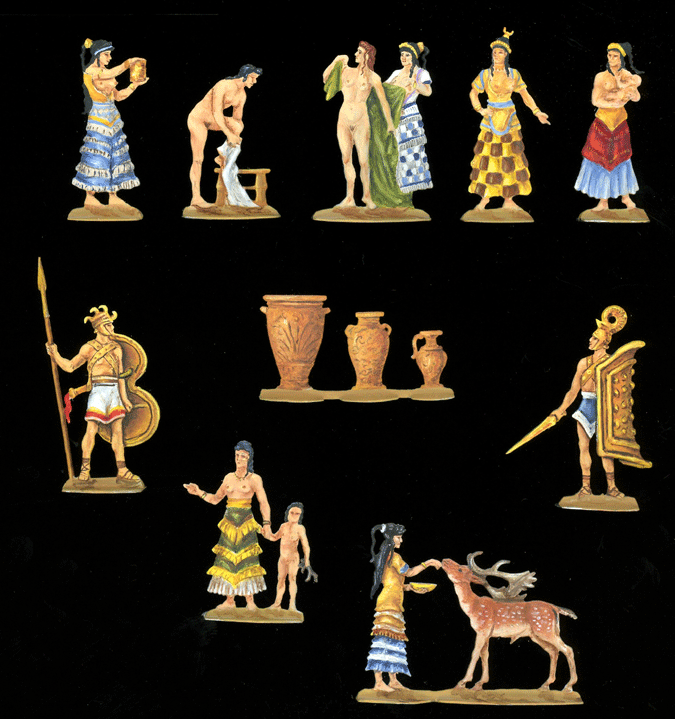
Drawing Lucien Rousselot, engraving Ludwig Frank and Hans Lecke, edition Raul Gerard/Österreicher (by Neckel today), Retter and Hafer.
Lydia



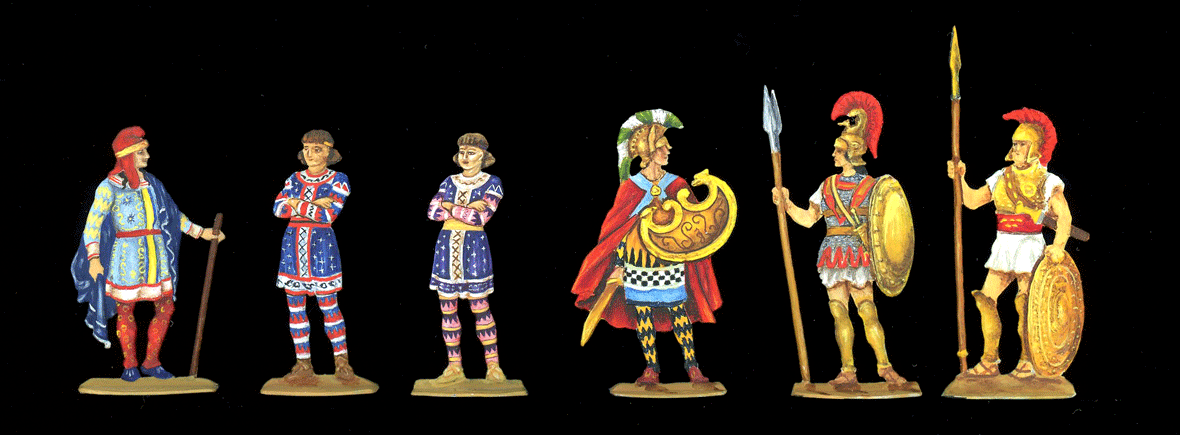
Drawing Ludwig Madlener, engraving Ludwig Frank, edition Retter, Neckel and Hafer.
Greece and Persia
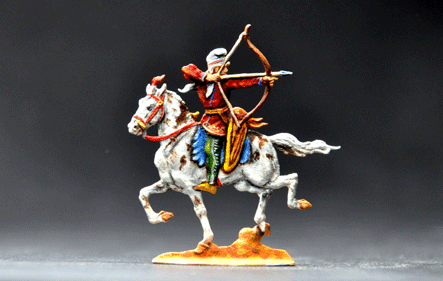
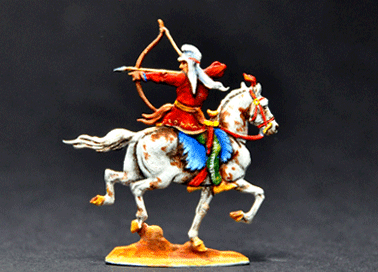
Persian archer. Drawing Ludwig Madlener, engraving Ludwig Frank, edition Cortum.
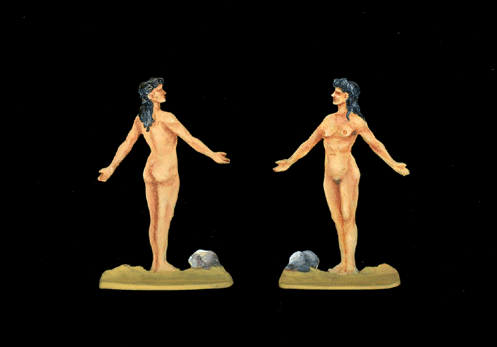
Engraving K.F. Mohr, edition Alfred Retter.
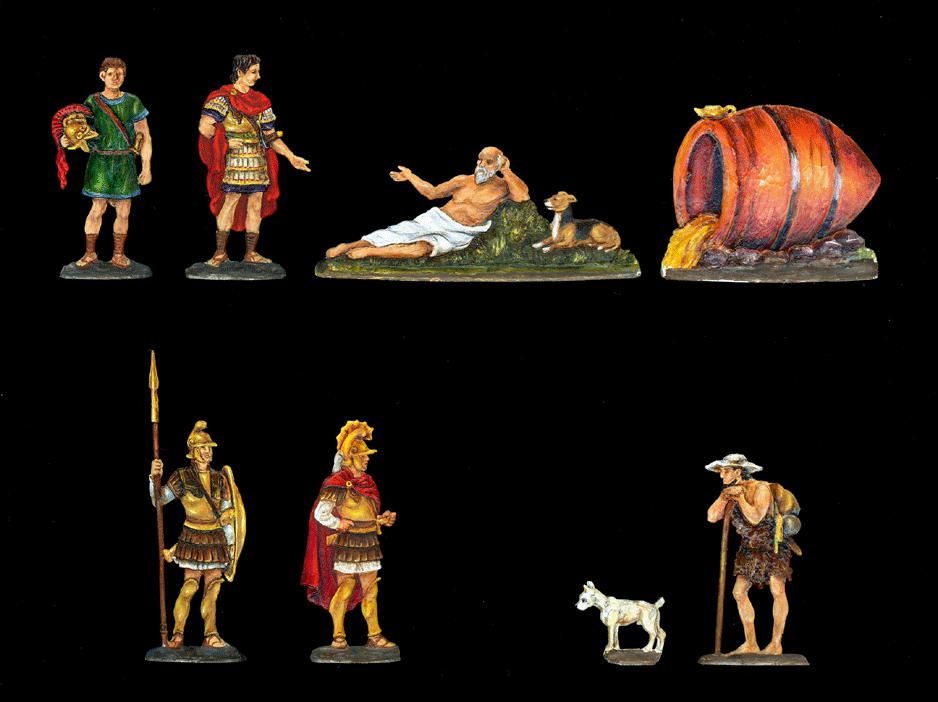
Engraving K.F. Mohr except for man watching, engraving Ludwig Frank, edition Alfred Retter.
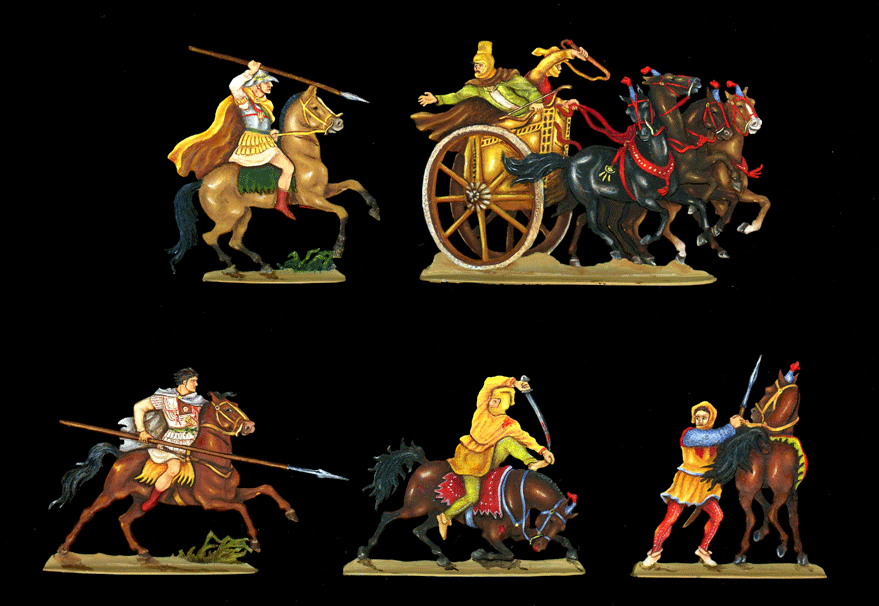
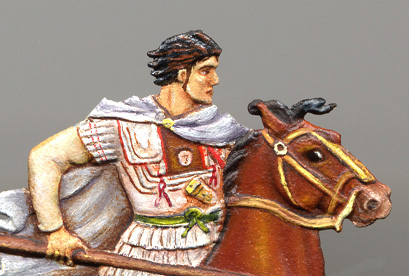
Close up of Alexander. Note that he had dark hair, not blond as many modern paintings. His COMPLEXION was light, not his hair.
Alexander the Great's victory in the battle of Issos was the key to his conquest of Asia. The present figures are taken from a Roman mosaic. It depicts the highligt of the battle, when Alexander in white with his lance lowered is aiming to the persian king Darius' son who has come down from his horse. The Great King himself is fleeing in his golden chariot drawn by four powerful horses and his face shows fear and dispair.
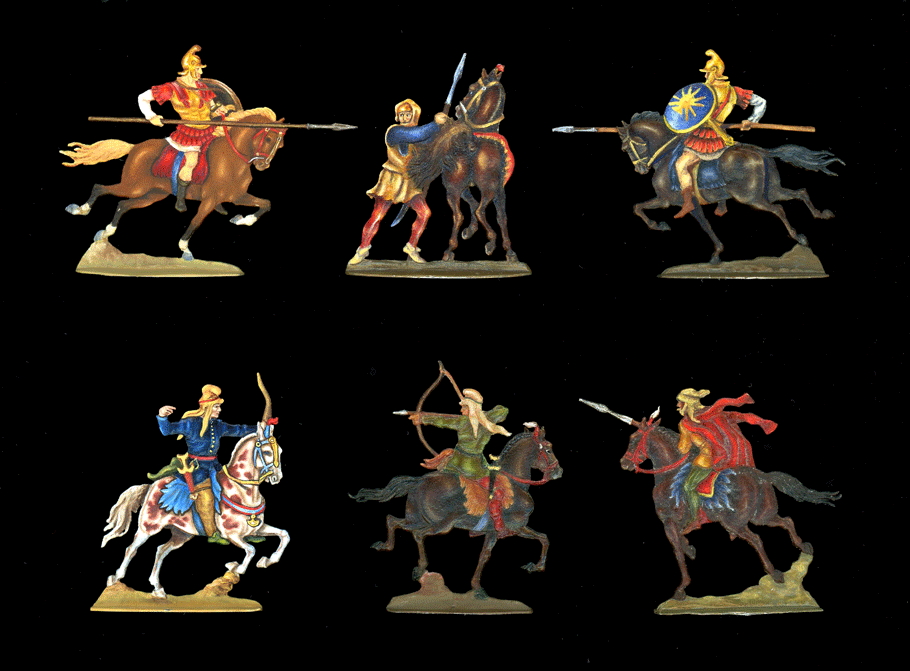
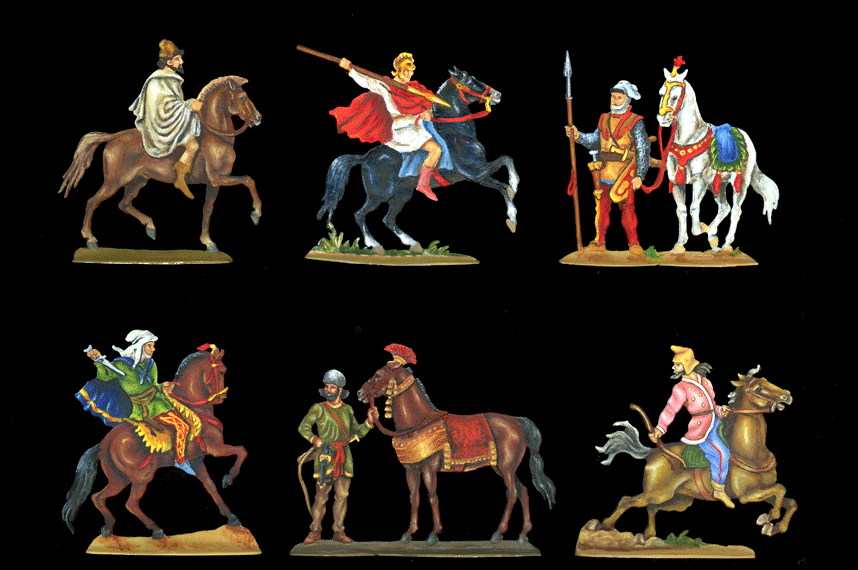
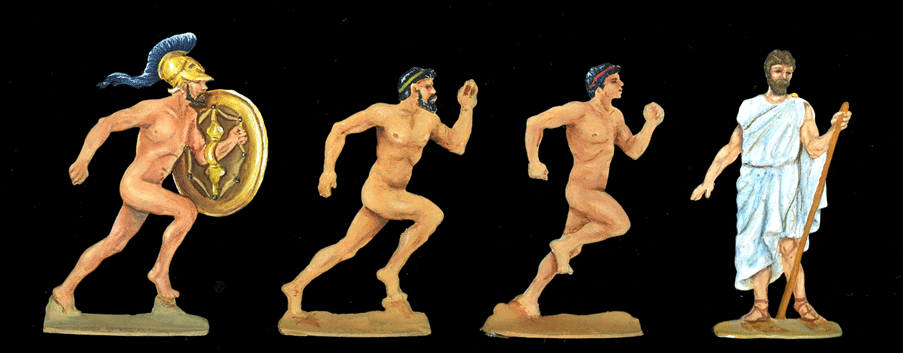

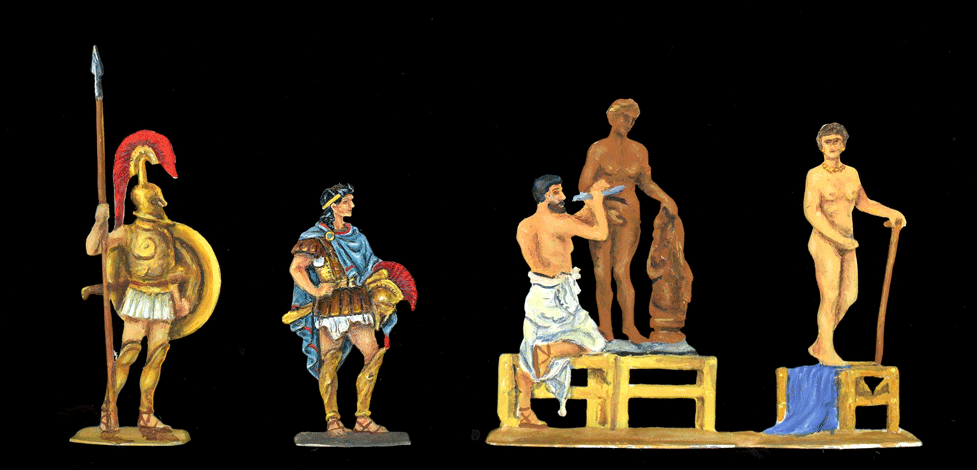
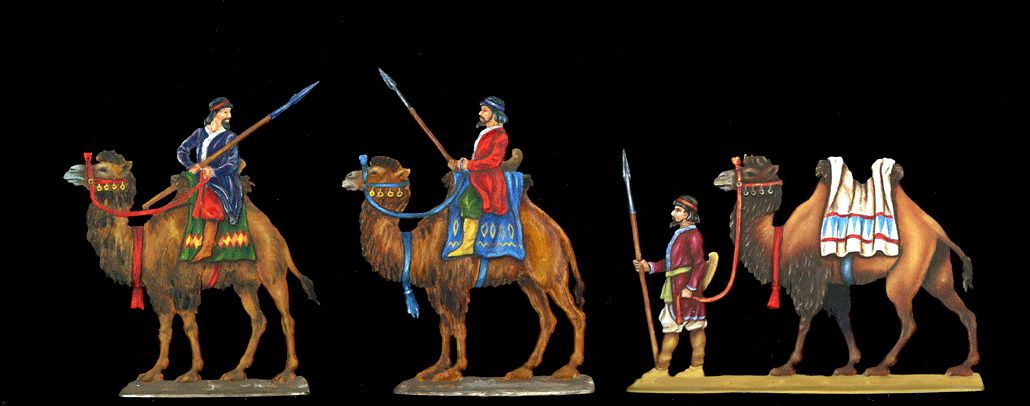
Drawing Ludwig Madlener, engraving Ludwig Frank, Karl F. Mohr, editions Retter, Cortum, Ochel, Raul Gerard/Österreicher ( Neckel) and Hafer.
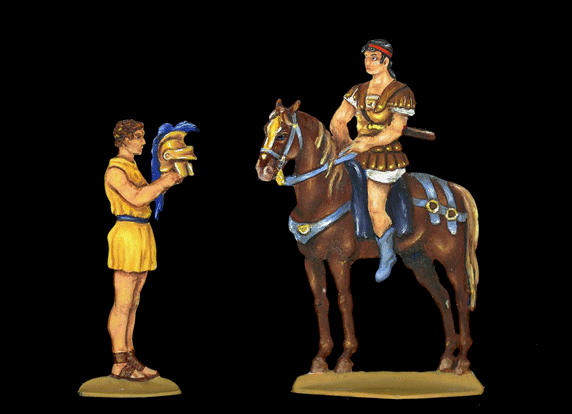
Antiochus III The Great (242–187 B.C.)
king of the Seleukid empire from 223 B.C. to the 3rd of July 187 B.C. He was
the most important personality in the Hellenistic world inbetween the time
of Alexander The Great and Julius Caesar.
Antiochus The Great was a son to Seleukos II, whos grandfather's
father was the famous Seleukos Nikator (Seleukos I), one of the commanders
of Alexander the Great. After Alexander's death Seleukos Nikator became king
over Syria, Babylonia, Susiana och Media, i.e. the greater part of Alexander's
former giant empire. It was virtually this realm which Antiochus The Great
inherited and which he also widly enlarged by connecting Fenicia, Palestine
and southern Syria to the former areas. In the west, in Asia Minor, he restored
the supremacy of his kingdom and also conquered Thrace.
His kingdom challenged Egypte, Carthage, Makedonia and Rom for supremacy. In the beginning he had important military and political succes but finally he lost against Rome and was forced to give up the conquests in west and to pay a yearly tribute of 15 000 silver talents, an immense sume for the time. Antiochus The Great was killed when trying to rob a temple in Persia to get hold of money to pay Rome with.
Figures: Drawing Krischen, engraving Ludwig Frank, editor Gottstein.

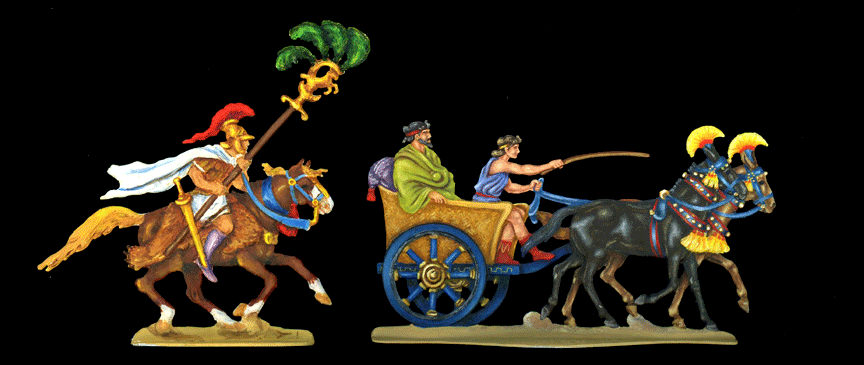
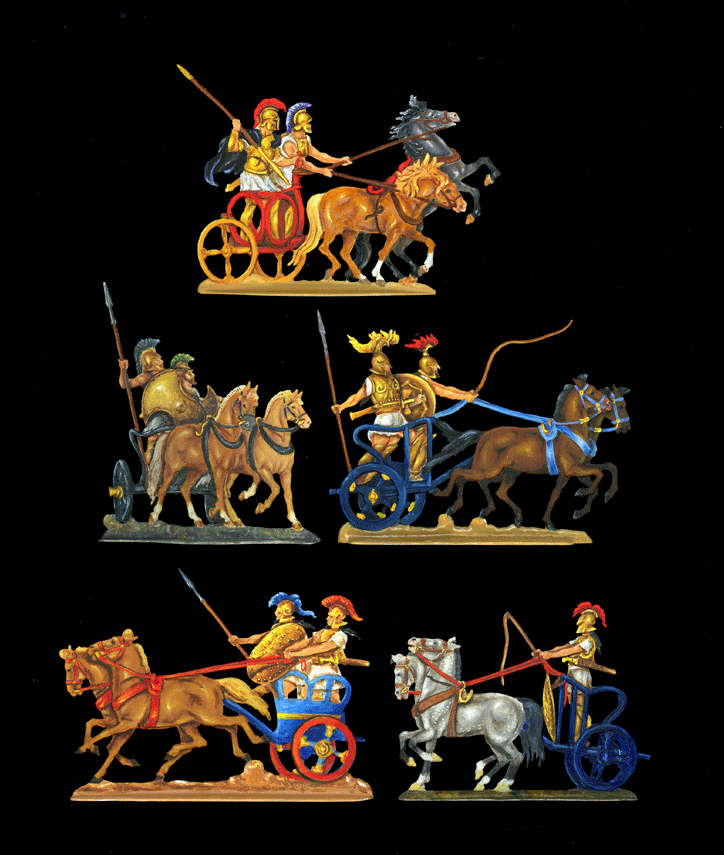
Drawings Krischen, Madlener, engravings Ludwig Frank, Otto Thieme, Hans Lecke, editions Retter, Ochel, Raul Gerard/Österreicher (Neckel) and Hafer.